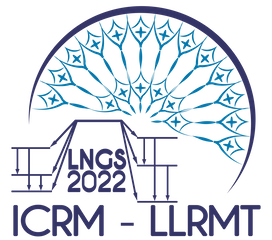Speaker
Description
In last years the demand of radiometric analysis of drinking waters greatly increased due to the transposition of the EU Drinking Water Directive 2013/51/Euratom (E-DWD) into national legislation of EU member states. In order to assess compliance with parametric values given by the Euratom Directive, gross alpha/beta (GAB), 3H and 222Rn measurements are basically requested. The number of laboratories providing such analytical services consequently increased and, despite the availability of internationally recognized procedures, problems on analytical data reliability emerged, especially for GAB measurements since it is a screening parameter strongly depending on the chosen experimental setups. Results of the interlaboratory comparison on GAB activity run by EC-IRMM in 2012, for example, enlightened an overall critical situation regardless of the techniques used.
A strict cooperation among JRC, ARPA Lombardia and JSI allowed to employ intercomparison results as collaborative studies to define accuracy and reproducibility of results provided by laboratories on the basis of their operational procedures. Firstly, results of an intercomparison of 222Rn in water were analysed with interesting outcomes, secondly the results of a European proficiency test on GAB activity in water were examined at the same purpose. Finally, with the aim to identify and specify the real problems encountered by laboratories in low level GAB measurements, a specific intercomparison has been organised in Italy with the accredited provider UNICHIM. Untreated natural water samples were distributed to approximately 30 laboratories, both public and private, together with a very complete questionnaire which allowed to consider not only the adopted experimental setups but the complete data processing as well. Alpha and beta activity concentrations in the samples were close to those requested by the E-DWD. The evaluation was restricted to the measuring procedure EN ISO 11704 which employs liquid scintillation counting (LSC) for GAB measurements. Reference values were established with the help of 7 expert European laboratories. A careful analysis of provided results, together with questionnaire answers enlightening specific aspects of experimental setups and data processing adopted by laboratories, allowed to get useful information on the reproducibility and the accuracy of the ISO procedure and to identify weak points in its application by laboratories. In a final national workshop, all these items were widely discussed and strategies for improving analytical outcomes suggested as well. Bearing in mind that GAB is a screening parameter, and its determination is inherently affected by unavoidable variability factors, actions based on results of intercomparison exercises are needed to improve reliability and comparability of data relevant to assess compliance to European regulations.

